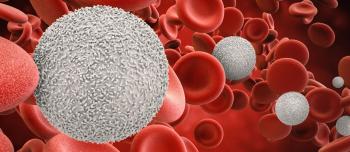A December 2009 article published in the journal Haemophilia suggests that caesarean delivery should be considered a viable option for carriers of affected infants with hemophilia. The article was authored by W. Keith Hoots, MD, Director, Division of Blood Diseases and Resources, National Heart, Lung, and Blood Institute, National Institutes of Health in Bethesda, MD, and Andra H. James, MD, Division of Maternal-Fetal Medicine, Department of Obstetrics and Gynecology at Duke University Medical Center in Durham, NC. James is a member of the National Hemophilia Foundation’s Medical and Scientific Advisory Council (MASAC).
Caesarean delivery is a well-established method of delivery, with U.S. rates increasing since the 1970s. While there are several reasons a provider might recommend this mode of delivery, often it is selected as a way to decrease the likelihood of neurologic damage to the fetus.
James and Hoots state that while in most cases, vaginal delivery of an affected child will not result in an intracranial hemorrhage (head bleed)--one of the primary concerns for babies with hemophilia--the labor period can be unpredictable. “A planned vaginal delivery puts a woman at risk of an abnormal labor and operative vaginal delivery, both of which predispose to intracranial hemorrhage. Furthermore, vaginal delivery does not eliminate the risk to the haemophilia carrier herself,” explained the authors.
Conversely, a planned caesarean delivery reduces the risk of intracranial bleeding by approximately 85%. James and Hoots further assert that risk can be “nearly eliminated” by carrying out a planned, elective caesarean delivery prior to labor.
“Therefore, after a discussion of the maternal and foetal risks with planned vaginal delivery versus planned caesarean delivery, hemophilia carriers should be offered the option of an elective caesarean delivery,” concluded the authors.
The article, “The Optimal Mode of Delivery for the Haemophilia Carrier Expecting an Affected Infant is Caesarean Delivery,” was published online in Haemophilia on December 16, 2009.





